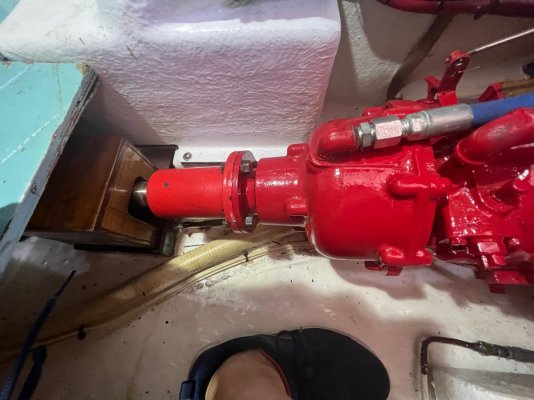mvweebles
Guru
- Joined
- Mar 21, 2019
- Messages
- 7,252
- Location
- United States
- Vessel Name
- Weebles
- Vessel Make
- 1970 Willard 36 Trawler
Recent thread on a boat with DDs that spilled a slight sheen with TowBoat US asking for an astronomical cleanup fee got me thinking.
What percentage of boats run a dry bilge? As in not a drop of anything? It's been an expensive and hard fought goal for me. But I have a small engine with decent access (at least for a 36 footer).
How many dry bilges out there? Thoughts?
Peter
What percentage of boats run a dry bilge? As in not a drop of anything? It's been an expensive and hard fought goal for me. But I have a small engine with decent access (at least for a 36 footer).
How many dry bilges out there? Thoughts?
Peter

